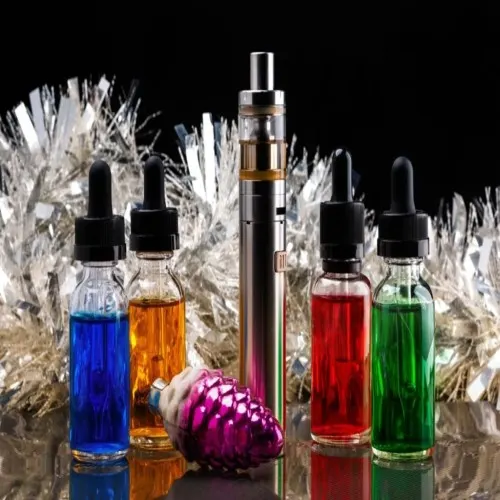
Fragrance manufacturer encompasses a very broad area of art, science, and consumer psychology in the making of smells that wake up emotions, memories, and a sense of identity. This article dives into the technicalities of fragrance manufacturing, and trends in the market.
Fragrance manufacturer involves the mixing of essential oils, aroma compounds, fixatives, and solvents to produce perfumes, colognes, and scented products. Along the way, many scientific disciplines such as thermodynamics and psychophysics come into play to predict odor profiles and performance parameters. Fragrance manufacturers serve an assortment of markets such as personal care, cosmetics, household products, and luxury perfumes.
Essential oils are natural extracts from plants that are an indispensable ingredient in fragrance formulation. The gist of these oils is their base note that defines the longevity of a scent.
Aroma chemicals refer to synthetic chemicals used to produce defined olfactory effects. They prevail in the perfume industry owing to their flexibility and economy.
Fixatives serve to stabilize the volatile perfume components, permitting the scent to last longer. Fixatives include resins and other synthetic compounds.
Among solvents, ethanol is used to dilute perfume mixtures to the desired concentrations as in Eau de Toilette or Eau de Parfum.
Fragrance manufacturers employ the Perfumery Ternary Diagram for positioning fragrances in terms of top, middle, and base notes. This will help a perfumer compose balanced.
Theoretical models from vapor-liquid equilibrium and mass transfer through membranes based on Fick's law have been often used in the relevance of fragrance footprints.
Using a perfumery radar and a few more, it classifies the fragrances into family trees, floral, woody, oriental, or fresh.
Studies say there will be an upsurge in the percentage of consumers who would like to patronize natural fragrances because they are concerned about allergic reactions due to synthetic chemicals like fragrance allergens. Some of the brands that focus on high-end premium natural fragrances include ST. ROSE and Lavanila.
Custom fragrances that perfectly cater to needs are seen to grow in popularity. An example would be WAFT Perfume which specializes in custom-made scents.
The premium fragrance segment has contributed massively to value creation, producing more than 55% of the market share revenue based on its representation of quality and exclusivity.
Perfumery raw materials (PRMs) can range from $10 to $50,000 per kilogram due to their rarity or complexity in synthesis.
Fragrance manufacturers must adhere to stringent regulations regarding ingredient safety and environmental impact.
Sustainable sourcing of natural ingredients is a growing concern as manufacturers aim to reduce their ecological footprint.
Fragrance manufacturing is an intricate blend of science, creativity, and market strategy. As consumer preferences evolve towards personalization and sustainability, fragrance manufacturers must innovate continuously to stay competitive in this multi-billion-dollar industry.
With its technical rigor and artistic flair, fragrance manufacturing remains a fascinating field that shapes how we experience scents in our daily lives.
